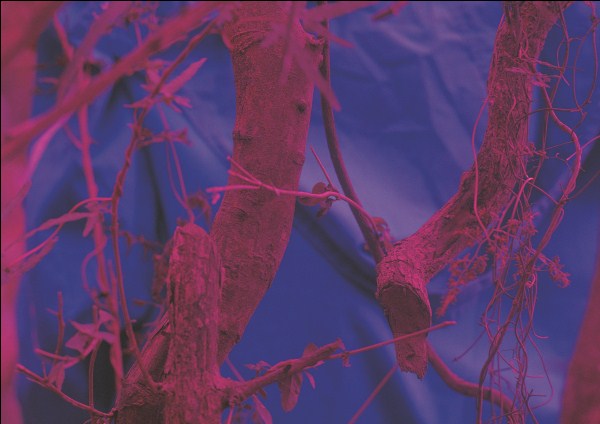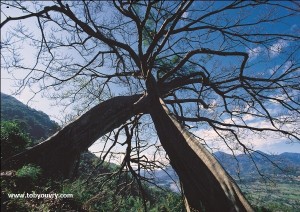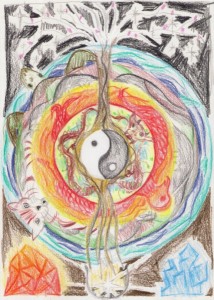Dear Integral Meditators,
One of the main qualities that I teach in my “Mind of Ease” meditation classes is that really core to the “Ease” is to learn to identify aspects of our moment to moment experience that are permanent, solid and reliable. In the article below I explore this theme, I hope you enjoy it!
Yours in the spirit of the journey,
Toby
 Finding Permanence Within the Impermanent and Fulfillment Within the Dissatisfying
Finding Permanence Within the Impermanent and Fulfillment Within the Dissatisfying
It is well known that the one of the Buddha’s main teachings was that of impermanence, that ourself and all the people, things and events around us are in a state of continuous change. From the this point of view Buddha taught that our ordinary everyday existence has the nature of transience and, when we cling to any of the changeable things around or within us, dissatisfaction, pain and suffering.
What is not quite so well known or understood is that Buddha also taught that by closely observing that which is impermanent and unsatisfactory we can discover in that very same act of observation that which is permanent, reliable, liberating and fulfilling. Liberation and permanence exist in the same space as impermanence and dissatisfaction.
So, where is this permanence and fulfillment? When we are looking for permanence in the here and now, we are looking for that which is not changing from moment to moment. Within the world of form this type of permanent object is unfindable; our body and mind are changing from moment to moment, our world is changing everyday, friends and acquaintances come and go, we live and die in a state of continuous flux and change.
Amidst all of this change two things stay the same, and they are right under our nose; Our experience of inner and outer space, and our experience of awareness itself:
- While all the outer world is in a state of change, the outer space that contains and provides a context for that change remains.
- While the inner world of our mind is in a state of constant flux, with thoughts coming and going, the inner space and clarity of our mind is always present, and fundamentally unchanging, like the sky that forms the background for clouds and the changing qualities of light during the day.
- Whilst our sense of self in the world of form (based on our ego, or psychological self image) always changes (good person, bad person, successful, failure, good looking, ugly etc…) the core experience of witnessing awareness itself remains unchanging, always constant, always non-judging, and completely steady in the face of all change.
So, when we look for something reliable, permanent, something within which we can truly rest at ease and find liberation from all our travails, the Buddha and similarly the teachers of all the great wisdom traditions teach that it is not found as something separate from your moment to moment experience, it is just that at the moment we are looking in the wrong way.
To find a place of permanence where you can rest at ease and find respite from the challenges and travails of your life, you simply need to look at your moment to moment experience right now and notice three aspects of it; the inner and outer space that provides a context for our inner and outer world, and the experience of pure awareness itself. Awareness has no qualities other than to observe, to bear witness to what is appearing in this moment.
Having become aware of the pervading sense of space, and of awareness itself, you simply allow your sense of self to rest in that sense of spacious awareness, and enjoy its stability and reliability, how it does not change in the face of the continuously changing world of form.
One of the main points of meditation is simply this; to be able to rest your sense of self that sense of spacious awareness, and identify that spacious awareness as you, your true self, or “real” self. Doing so enables us to enjoy the ever changing and transforming world of form, whilst at the same time resting secure in an identity that is no subject to that change, that is reliable, solid and liberated.
© Toby Ouvry 2012, you are welcome to use or share this article, but please cite Toby as the source and include reference to his website www.tobyouvry.com


 Article of the Week:
Article of the Week: Article of the Week:
Article of the Week:


